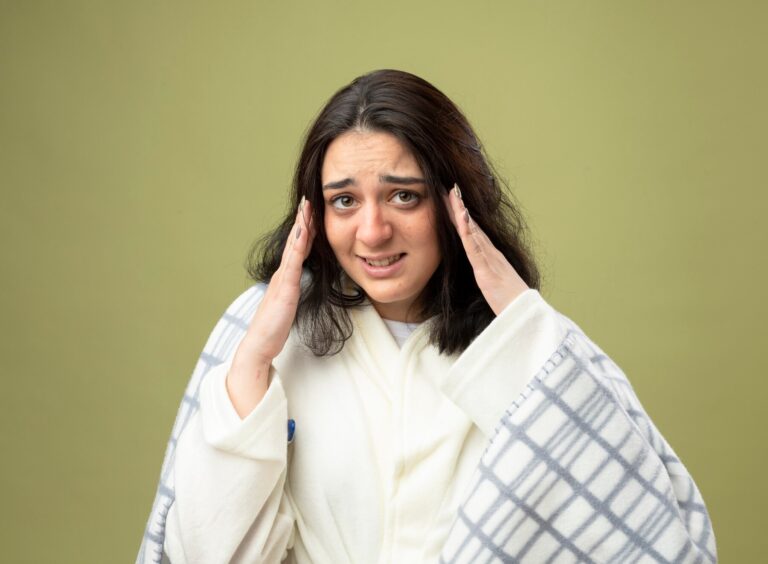Obsessive-Compulsive Disorder (OCD) involves persistent, unwanted thoughts (obsessions) that can lead to repetitive behaviors (compulsions). This condition is observed in various age groups, including children and teens, and may manifest differently depending on the individual. The symptoms associated with OCD can influence daily activities, interpersonal relationships, and work-related tasks, making it challenging for those affected to navigate their everyday lives. Awareness of the nature of these symptoms can help promote empathy and support for individuals living with this disorder.
Common Symptoms of OCD
Individuals with OCD may experience a range of symptoms, which typically include both obsessions and compulsions. Common obsessive symptoms can include intrusive and persistent thoughts or fears, such as a fear of contamination or concerns about safety. Compulsive behaviors often develop as a way to manage these thoughts. These behaviors may include actions like repetitive hand-washing, excessive checking of locks, or arranging items in a specific order. Some individuals may also face difficulties in concentration, social situations, or decision-making due to intrusive thoughts.
The Impact of OCD on Daily Life
OCD can significantly affect the quality of life, making routine tasks challenging. Some severe symptoms interfere with work, school, or personal relationships. The constant cycle of obsessive thoughts and compulsive actions can consume considerable time and mental energy, leaving individuals feeling overwhelmed. The degree of interference varies, with some experiencing mild effects and others facing substantial disruptions.
Diagnosis of OCD
Mental health professionals follow a thorough process to diagnose OCD. A psychiatric evaluation typically explores the individual’s medical history, behavioral patterns, and emotional state. This may also involve detailed discussions about individual experiences, moods, and coexisting conditions. A diagnosis is often based on criteria outlined by established diagnostic guidelines, ensuring that the symptoms align with OCD specifications.
Treatment Approaches for OCD
OCD treatment often involves a combination of therapies and strategies tailored to an individual’s specific needs. Therapy options can include Cognitive Behavioral Therapy (CBT), particularly Exposure and Response Prevention (ERP), which helps individuals confront intrusive thoughts and reduce compulsive behaviors. Medications, such as selective serotonin reuptake inhibitors (SSRIs), may also be part of the treatment plan for managing symptoms.
Complementary Lifestyle Changes and Self-Care
While professional treatment forms the foundation of OCD management, self-care and lifestyle adjustments can play an big role in symptom relief. Strategies may include:
- Stress Management: Techniques like mindfulness and relaxation exercises can help reduce stress, often exacerbating symptoms.
- Physical Activity: Regular exercise has been shown to support mental well-being.
- Structured Routines: Establishing consistent routines can minimize triggers and maintain focus.
- Support Networks: Connecting with others through support groups or loved ones can provide encouragement and practical advice.
Early Intervention in OCD
Addressing OCD symptoms early can lead to more effective management and potentially reduce the intensity over time. Seeking guidance from a mental health professional ensures individuals receive appropriate care and access to resources. If you or someone you know is experiencing symptoms of OCD, taking the first step by consulting with a licensed professional can make a difference. Early diagnosis and treatment pave the way for improved outcomes and a path toward managing daily challenges effectively.

